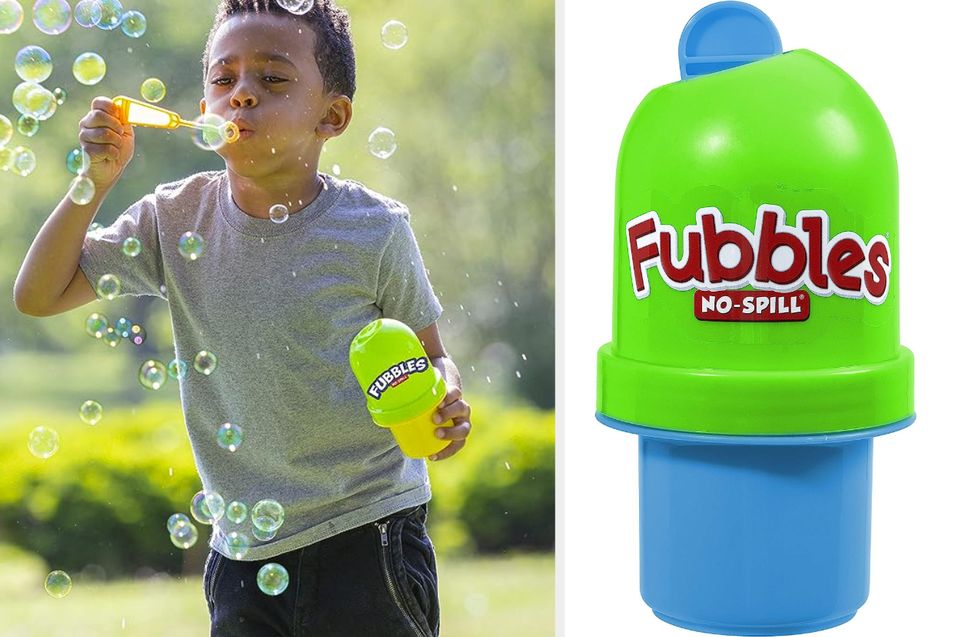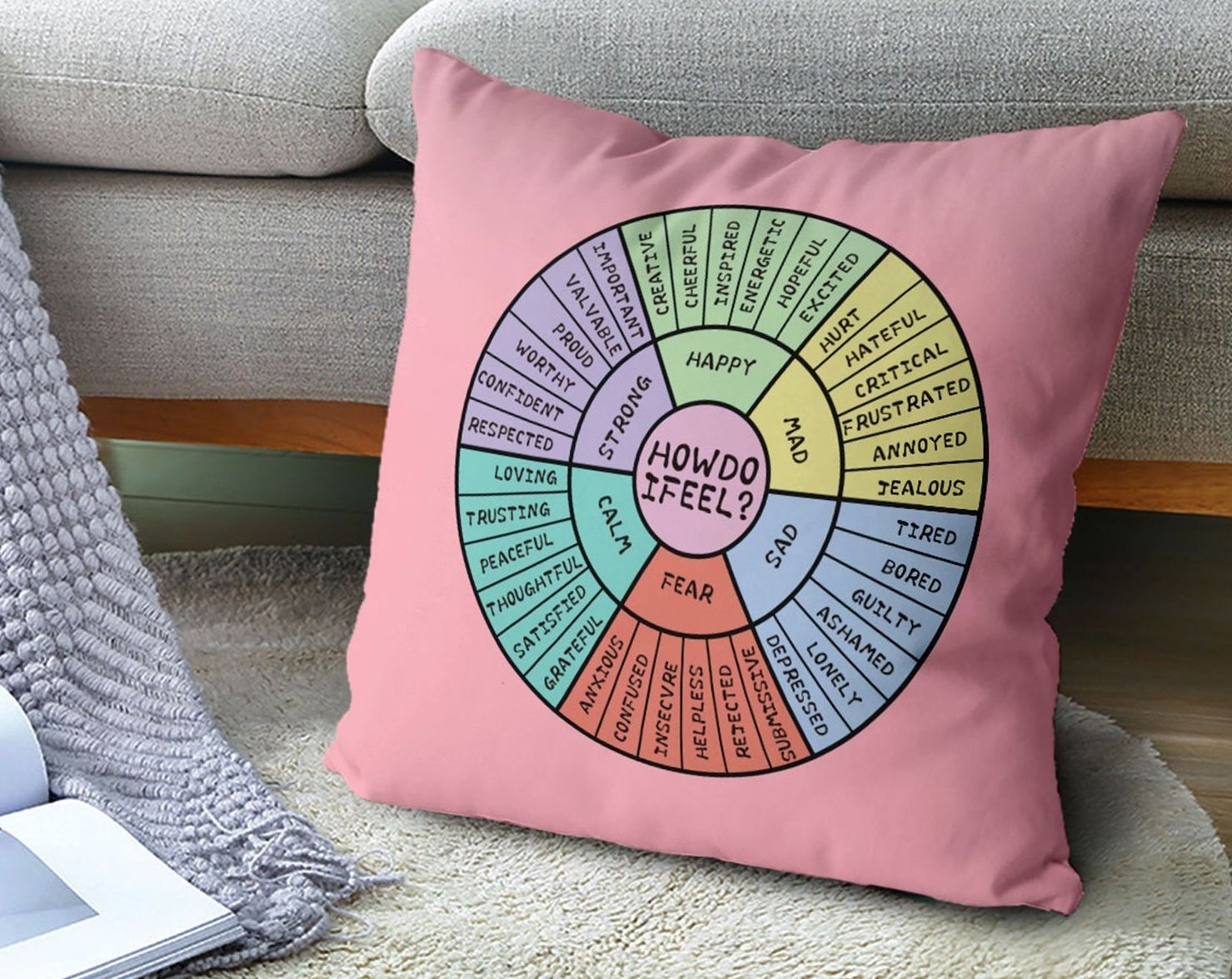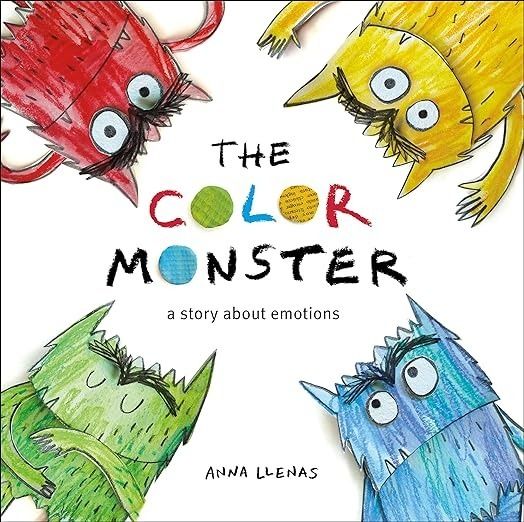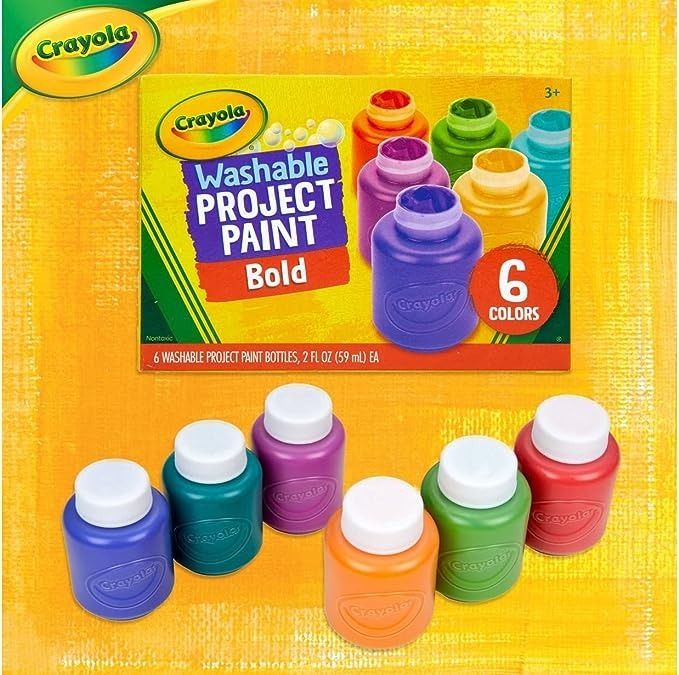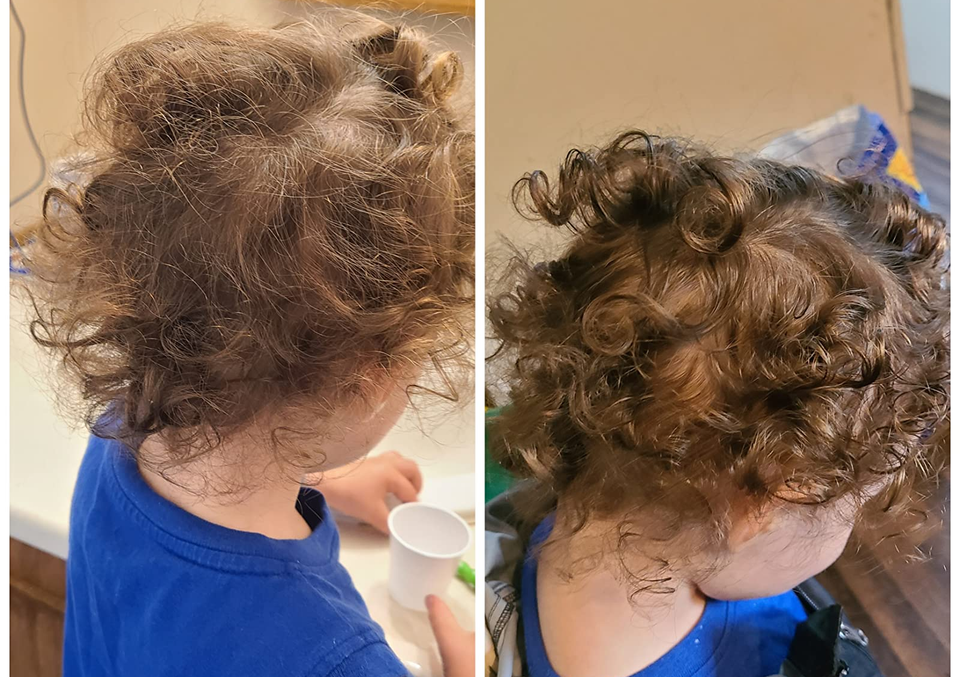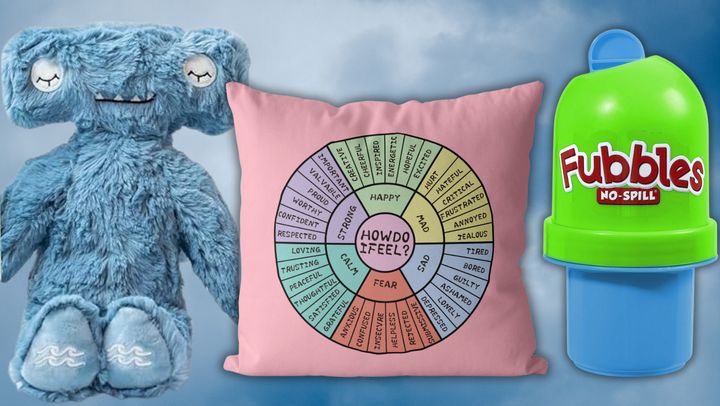
Feelings like anger, grief, pain and even intense excitement are overwhelming even for adults. For children, who do not yet have the emotional or neurological development to understand or handle these kinds of feelings, such emotions can be even more overwhelming. Of course, all adults were once children, so you may even remember struggling with intense feelings as a kid yourself.
It is a parent’s responsibility to help guide their child toward an understanding of their emotions and the reality that difficult feelings can come and go. Yet even with the best intentions, it can be hard to know where to begin. I spoke to therapists who specialize in emotional regulation and trauma to help you get started.
Children’s emotions are valid responses to their experiences, said California-based associate marriage and family therapist Yara Mawad via email. So validating your little one, especially when they are overwhelmed by their feelings, is crucial, no matter how small a given situation may seem to you as an adult.
One of the biggest takeaways from my correspondence with these therapists? The impact that the emotional intelligence and regulation of a parent has on that of their child.
In order to best support children, parents must work on themselves and model feeling their own feelings to their kids, said Los Angeles-based licensed marriage and family therapist David Ibrahim. Ibrahim and Mawad spoke highly of child psychiatrist and author Dr. Dan Siegel’s work as a resource for parents; Mawad also recommended Dr. Becky Kennedy’s book, “Good Inside.”
They also both recommended parenting classes. “If I was an athlete, I wouldn’t pause for a moment to go hire a coach...,” Ibraham noted. “I’m not going to try and learn everything on my own.” The moral of the story? Don’t hesitate to get the support you need as a parent — it’ll only help your child and your relationship with them.
Based on their work with children and adults, these experts recommended everything from therapist-developed stuffed animals and books to blowing bubbles and journaling as tools to help support your child’s emotional journey. If your little one seems to be particularly struggling, especially with issues like grief or trauma, we recommend seeking help from a child therapist.
Read on for expert recommendations on items to help boost your child’s social emotional development.
HuffPost and its publishing partners may receive a share from purchases made via links on this page. Every item is independently selected by the HuffPost Shopping team. Prices and availability are subject to change. The experts consulted for this story do not necessarily endorse the products ahead unless otherwise noted.
Developing your child's understanding of the mind-body connection in this way is crucial. "Children are very concrete, and sometimes their first signal [when having an emotional reaction] is not in the brain but in their body – such as tense shoulders raised to their ears, tightness in their chest, clenching their fists [or] a faster-than-regular heart rate," Mawad explained. "Giving kids a foundational understanding about what is happening to their bodies and their brain when feeling a big emotion and being able to name the emotion provides the child with a sense of control and an opportunity to tell themself that 'it makes sense' – leading into more self-compassion and self-validation."
This "A Little Spot Of Emotion"box set includes eight books to help teach a child about common human emotions, including child-friendly explanations on happiness, sadness, anger, anxiety and more. You can also check out the "A Little Spot of Feelings" box set, which explores eight more emotions commonly experienced by kids, including empathy, frustration, belonging, worry and boredom.
"If a kid's really upset and you want to support them, you can say, well, let's do some of our bubble breathing," Ibrahim recommended. "The parent can engage with the kids, which is really healthy, and blowing bubbles teaches them how to elongate their breath and get some oxygen." This increase of oxygen to the brain can then help kids calm down.
These bubbles are designed for ages 18 months and up. They're housed in a durable no-spill tumbler so you can get heavy use out of them without getting bubbles on your floor. They also boast a non-toxic formula so you don't have to worry if your child accidentally swallows some or gets some in their eyes. It comes with a wand and 4 ounces of the bubble solution; colors of the tumbler may vary. (You can also get a pack of three from Amazon.)
Mawad recommended incorporating the feelings wheel with Dr. Dan Siegel's "Name It To Tame It" practice for older kids. This exercise involves having children talk or write about a situation that caused elevated emotions. Kids can identify "three emotions from the feelings wheel that resonate most with how they were feeling in those moments," Mawad wrote. Then, they can reflect on "what they needed [looking back on] those moments...[like] self-compassion, some space, a snack, or someone to talk to, to name a few examples of needs."
Regularly engaging with the feelings wheel can also help adults understand their own emotions, in turn helping parents better support their kids.
Inspired by Mawad's recommendation, we found this cozy feelings wheel pillow from Etsy. It makes referring to the feelings wheel easy and accessible, while helping to normalize emotional regulation since the wheel will be incorporated into your regular home environment. (I own a feelings wheel pillow of my own and always appreciate having it around!) This version comes in four colors, in a variety of sizes and with or without an added pillow insert.
"It's quite comprehensive," Nazaryan wrote. "They have free resources online and even a show on Apple TV+. The plushies that come along with the books are a nice touch."
These plush stuffies also promise to be exceptionally soft, so your little one will love cuddling with them on their own. They're also machine-washable!
This version is geared towards kids ages 7–10; a teen and pre-teen-specific journal is also available for ages 11 and up.
"The parent can connect at that level and get into the child's interests, look at what they're doing, ask questions or play the [video] game with them," said Ibrahim. Showing interest in your child's hobby will mean more to them than you may realize; they will likely be excited to share their knowledge with you and show you around their world. Since kids' connection to their parents is deeply intertwined with emotional regulation, nurturing your relationship in this way will help strengthen your connection and your child's emotional health.
Another benefit of playing video games together? It opens up a space for kids to playfully tease and discipline their parents — crucial in building a trusting, healthy relationship. "There's times that I have to discipline my kids. So there's times they get to discipline me. It's a good exchange," Ibrahim explained. "[Through video games my child] could have some power over me and be like, 'Come on, what are you doing now?' It was actually an amazing experience to share together."
The Nintendo Switch is the video game console of choice for gamers to play solo or in groups. This version has a superior portable display and the ability to project onto a shared screen so you can play games with your kid. (Not sure what video game to start with? You can't go wrong with Mario Party.)
It's available in hardcover or through Kindle.
We found this paint set on Amazon to get you started. The paint is all washable, so it promises not to stain your kid's hands or clothes (or your walls). It includes six bold colors that your little one can mix and match to get their emotions out on paper. You can also grab some kid-friendly paint brushes and art paper.

